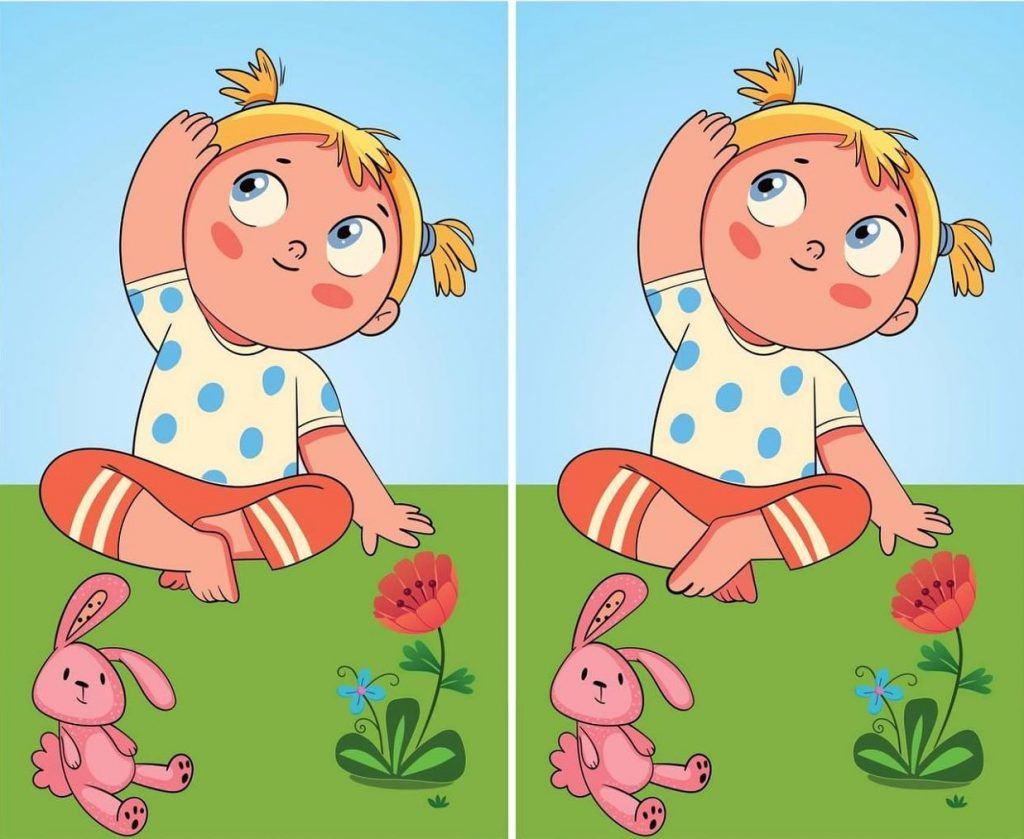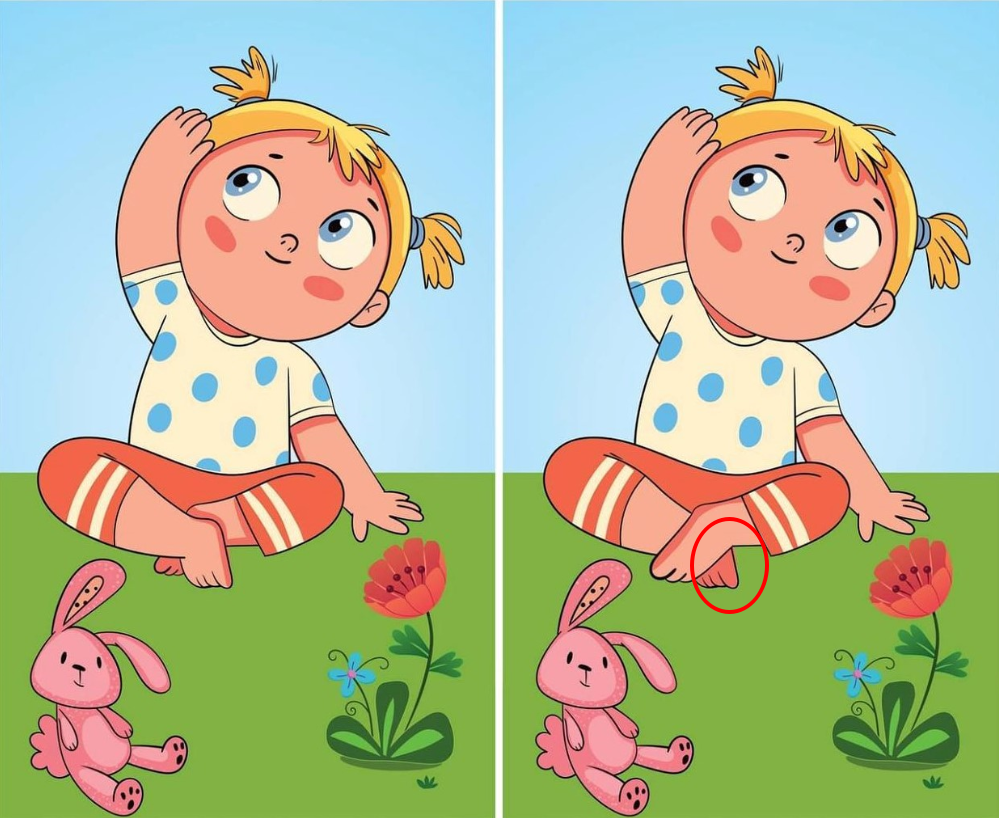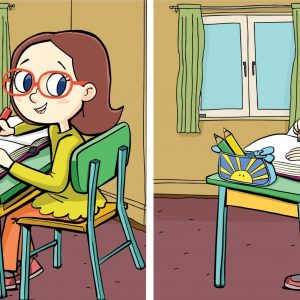The Power of Outdoor Play: Cultivating Curiosity and Confidence in Young Children
Children are natural explorers, driven by curiosity to touch, climb, and gaze at the world around them. In the charming scene above, a little girl sits cross-legged on a patch of grass, shading her eyes as she looks skyward, her beloved pink bunny toy resting beside her. This simple image captures a profound truth: outdoor play is more than just fun—it’s a cornerstone of healthy childhood development. Let’s dive into why unstructured time in nature matters, how it nurtures key skills, and easy ways to spark your child’s next outdoor adventure.

The Benefits of Outdoor Play for Physical Development
Nature’s playground offers countless opportunities for gross and fine motor growth.
- Boosts Gross Motor Skills
Running across uneven terrain, balancing on logs, or reaching toward the sky strengthens core muscles, improves coordination, and enhances balance. - Refines Fine Motor Control
Picking up pebbles, turning pages in a nature journal, or threading flowers onto a stem hones delicate hand-eye coordination. - Encourages Healthy Activity
Fresh air and sunlight combine for a natural energy boost, promoting cardiovascular health and helping regulate sleep patterns.
By simply letting kids roam free, parents lay the groundwork for physical confidence and a lifelong love of movement.
Cultivating Cognitive Curiosity and Creativity
The world beyond the doorstep is a living laboratory where young minds learn to observe, question, and imagine.
- Sparks Scientific Inquiry
Why do ladybugs have spots? How does a dandelion blow in the wind? Questions like these introduce basic biology and physics concepts organically. - Fuels Creative Play
That solitary bunny toy transforms into a hiking companion, sky-watching assistant, or meadow guard. Unstructured play fosters flexible thinking and storytelling skills. - Enhances Problem-Solving
Navigating around a fallen branch or building a miniature “fort” from sticks teaches planning, experimentation, and adaptability.
In a world of screens and schedules, green spaces allow children to learn at their own pace and follow their own interests.

Supporting Social and Emotional Development
Outdoor settings naturally invite cooperative and independent play alike, shaping vital interpersonal skills.
- Builds Confidence
Mastering a slightly slippery rock or climbing a low tree branch instills pride and resilience. Each small victory reinforces a “can-do” attitude. - Teaches Empathy and Responsibility
Caring for a pet bunny—or even a found ladybird—encourages compassion and respect for living things. - Facilitates Social Bonds
Shared quests for treasure (a shiny leaf or a smooth stone) bring friends together, nurturing teamwork, negotiation, and communication.
Whether playing solo or in a group, children cultivate self-awareness and social understanding under open skies.
Integrating Learning into Outdoor Adventures
With a few simple strategies, every outing becomes a rich learning experience.
- Nature Scavenger Hunts
Create lists of colors, shapes, or natural objects—bright red flower, smooth pebble, or buzzing bee—to sharpen observation and categorization skills. - DIY Nature Journals
Supply a small notebook and crayons; invite kids to draw what they see or dictate mini-stories about their discoveries. This practice boosts literacy, memory, and artistic expression. - Plant and Pollinator Studies
Observe bees visiting flowers, measure plant heights over time, or press petals in a book. Such activities teach life cycles, measurement, and scientific recording. - Storytelling Circles
Sit in a ring under a tree and weave collaborative tales—each child contributes a line about what the bunny toy sees in the sky. This nurtures imagination and narrative skills.
By blending play with purposeful prompts, parents and educators deepen engagement and reinforce key concepts.

Overcoming Common Barriers to Outdoor Play
Even when we know outdoor time is beneficial, life’s demands and worries can get in the way. Here’s how to tackle common hurdles:
- Weather Woes
Invest in rain boots and lightweight raincoats for puddle-splashing days. In hot weather, schedule outings in the cooler morning or evening hours and pack water and sun protection. - Screen-Time Temptations
Frame outdoor play as a special “adventure time” rather than a replacement. Offer choices—“Do you want to hunt for bugs or draw clouds today?”—so kids feel ownership. - Limited Green Space
Urban dwellers can transform concrete backyards with potted plants, a small sandbox, or chalk murals on walls. Nearby parks, community gardens, or even tree-lined sidewalks become exploration zones. - Parental Time Constraints
Turn errands into expeditions: walk to school, carry the bunny along, and pause to inspect passing flowers or insects. Short, frequent outings add up to hours of outdoor engagement.
With creativity and flexibility, you can weave nature time into even the busiest routines.

Safety Tips for Outdoor Explorers
A little preparation ensures worry-free fun:
- Dress for the Elements
Layered clothing, sturdy shoes, and hats guard against sun, bugs, and falls. - Rule of Three
Maintain a visual of children—no one should wander beyond three paces without being seen. - Nature Hazard Awareness
Teach kids to respect plants (no unknown berries) and insects (watch but don’t poke). Carry a small first-aid kit for scrapes or stings. - Respect Wildlife
Observe animals from a distance. Model gentle curiosity without capture or harm.
By setting clear guidelines, you empower confident exploration with minimal risk.

Conclusion
The simple image of a girl, her bunny toy, and a gaze toward the sky paints a vivid picture: outdoor play is where childhood magic unfolds. From physical development and scientific discovery to social-emotional growth and creative expression, nature offers an unparalleled learning environment. By embracing unstructured play, integrating mini-lessons, and navigating real-world challenges, parents and educators can nurture curious, resilient, and confident children—one grass-stained knee at a time. So step outside, find your favorite patch of green, and let every breeze, blossom, and buzzing bee become a lesson in wonder.





